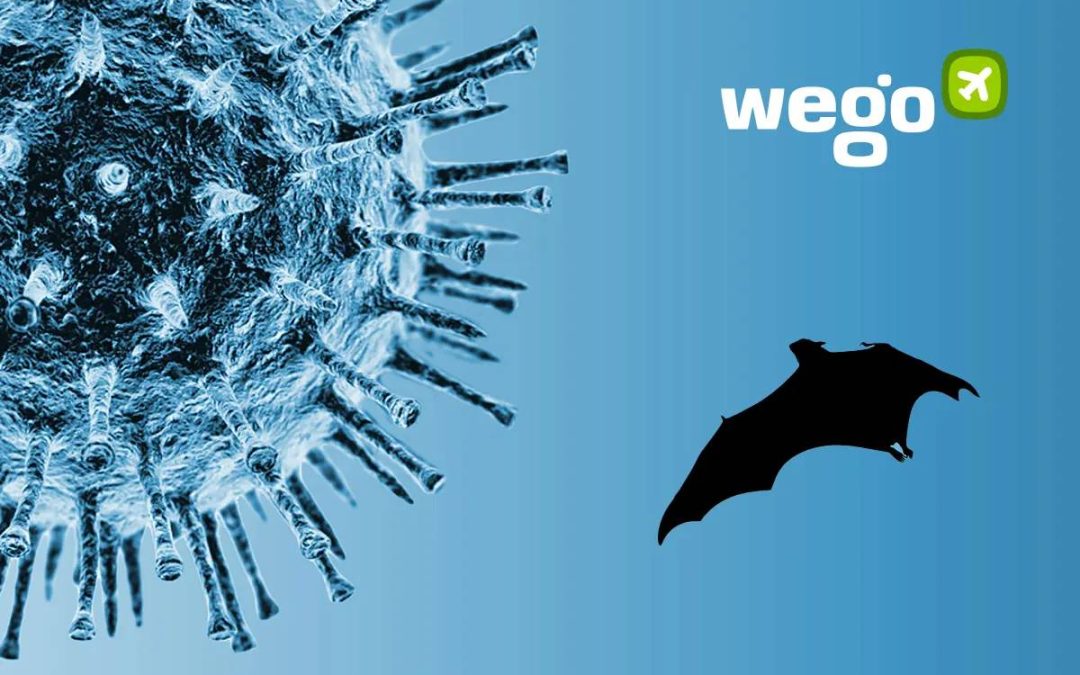This article has been reviewed by Wego‘s editorial team to ensure that the content is up to date & accurate.
Updated September 2023
A recent Nipah virus outbreak occurred in the Kozhikode district of Kerala, India, and among six confirmed cases of the virus, two have unfortunately succumbed to it. As a response to the outbreak, initial restrictions were implemented. However, following no new cases being reported in the meantime, the restrictions have further been relaxed.
How will the Nipah virus affect travel in India? Read on as Wego provides a detailed guide about the Nipah virus and how it affects tourism.
Table of Contents
Nipah virus latest news
As reported by the district authorities in Kozhikode, Kerala, all 42 samples collected from bats, wild boars and other domestic animals in the district have tested negative for Nipah virus. The specimens, gathered by a group of animal husbandry specialists representing both the Central and State governments, were dispatched to the National Institute of High-Security Animal Diseases located in Bhopal for examination.
In the meantime, Kozhikode District Collector A Geetha has advised postponing unnecessary public gatherings until 1 October 2023, emphasizing that the district is not yet entirely clear of the virus threat. Furthermore, she underscored the importance of the public adhering to social distancing measures and utilizing masks and hand sanitizers.
What is the Nipah virus?
Classified as a zoonotic virus, the Nipah virus (NiV) initially spreads between animals and humans. Fruit bats, also known as flying foxes, serve as the natural reservoir for NiV. Moreover, the virus can also induce illness in both pigs and humans.
The infected flying bats can spread the virus to people who have close contact with their body fluids, such as saliva or urine. Furthermore, NiV infection is linked to encephalitis, characterized by brain inflammation, and can result in a range of symptoms from mild to severe, including fatal outcomes. A person who is exposed to this virus can further transmit it to other people.
Nearly every year, outbreaks occur in certain Asian regions, predominantly in Bangladesh and India.
Nipah virus symptoms
The symptoms of the Nipah normally show up between 4 to 14 days after the virus exposure. Those who are infected can experience mild to severe symptoms. The symptoms of this disease might initially include the following:
- fever
- headache
- cough
- sore throat
- difficulty breathing
- vomiting
In severe cases, however, disorientation, drowsiness or confusion, seizures, brain swelling (encephalitis), and even coma can occur if the disease is not immediately treated.
Moreover, death can occur in 40 percent to 75 percent of Nipah virus cases. The survivors of the Nipah virus infection have also reported enduring consequences, including persistent seizures and alterations in personality.
Nipah virus treatment
The licensed treatment for the Nipah virus infection has not been found until now. Only supportive care, such as rest, hydration, and symptom management, is used as a kind of treatment. However, immunotherapeutic treatments (monoclonal antibody therapies) are being developed to treat the Nipah virus infections.
Please note that we will update the information as and when released by the officials
The effect of the Nipah virus on travel in India
As of now 6 confirmed cases of Nipah virus (NiV), including two deaths, have been reported from the Kozhikode District in Northern Kerala. However, no fresh cases of the virus have been reported since then, and 27 more samples have further tested negative. Moreover, the majority of the high-risk contacts of the 6 infected people have been identified, and their samples have returned negative.
Subsequently, the Kozhikode district authorities have eased restrictions as Kerala continues to report no new cases of the Nipah virus for the sixth consecutive day. The containment zones in Vadakara taluk were dismantled, based on the health department’s evaluation that the outbreak has been effectively contained. Simultaneously, further relaxations were introduced in the wards of the Feroke municipality and the Kozhikode corporation, both of which were previously designated as containment zones.
As of now, there are still no restrictions for tourism in India outside of the infected zones. However, since no licensed treatment for the virus has been found yet, the Kozhikode District Collector A Geetha has advised postponing unnecessary public gatherings until 1 October 2023, emphasizing that the district is not yet entirely clear of the virus threat. Hence, travelers are encouraged to refrain from traveling to India for the time being, until necessary.
Please note that we will update the information as and when released by the officials.
![]()











